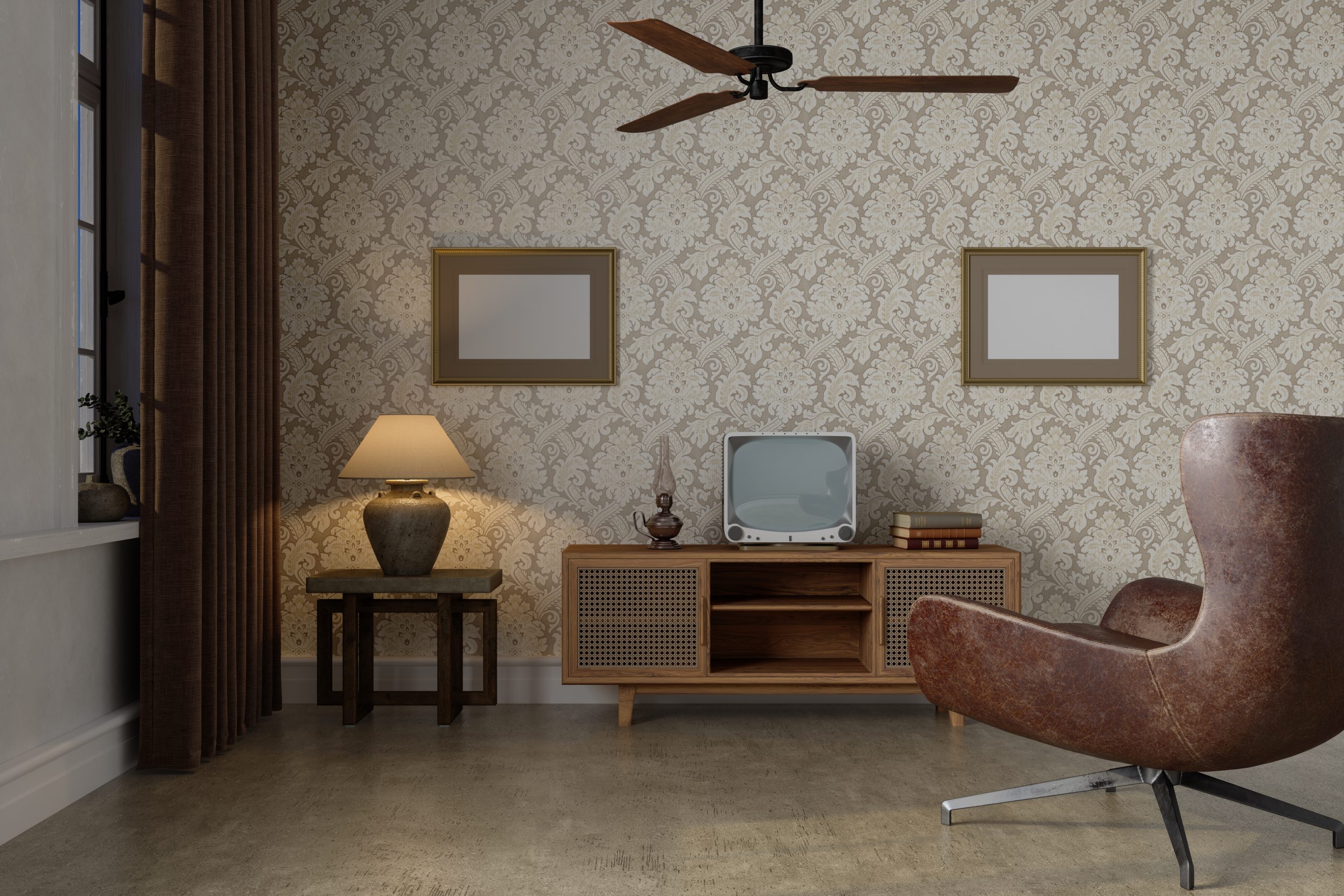
Older apartments are attracting a lot of buyer attention in our area because they can be genuine treasures in the rough.
The trade-off is that sometimes you have to deal with floorplans, fittings and design quirks that architects dropped 20-plus years ago.
As an experienced local agent, I find it fascinating to compare the beautiful clinical approach of modern apartments with the character and charm of those built in the 1930s, 40s and 50s. Even those from the 60s and 70s can have great ‘bones’.
An older property might have more floor space and feature high ceilings or heritage features, which are a huge attraction for many buyers today.
If you’re looking to purchase or even consider an older apartment, don’t forget to factor into your equation the state of its infrastructure. You don’t want to be racking up maintenance costs from day one.
And if you want to make changes to the floorplan, you need to understand whether permissions are required from the building’s owner committee and/or local authorities..
Below are some key points to help guide you through an inspection of an older apartment. Remember, any older building can present some areas needing improvement, but they make up for that through their unique character and charm.
- Rewiring: Always check whether the wiring needs updating. Occasional power trips for no apparent reason indicate a potential problem.
- Air-conditioning: This is an essential service for apartment living. If you’re any more than a couple of floors up, the building’s rising heat can be oppressive. So inspect the air-con. It might need new pipes and fresh insulation to run efficiently. Watch out for water condensation and seepage.
- Plumb job: Fitting and fixtures can become tired and shabby-looking quite quickly unless you’re dealing with top-of-the-range faucets, showerheads, toilets etc. Use a plumber to install new fixtures and ask them to clean the pipes of calcium deposits built up over the years.
- Internal fascia: If there’s concrete fascia, you’ll find these deteriorate over the years, often cracking and falling away. This effect is called spalling concrete, caused by steel reinforcements rusting beneath the surface. Moisture seeps into the ceiling and causes the steel rods to rust. The bathroom is the most significant problem area. Call in the experts here and discuss with your building owners committee.
- Changing the floorplan: Moving walls can be a challenge if you need permission from the owners or management committee. Before buying, make sure you can get your desired layout.
- New flooring: It’s amazing what new flooring can do for an older apartment. If you’re dealing with small tiles, go for the modern look that uses large rectangles for wet areas. They make the rooms feel bigger and reduce floor grout. Or see if you can strip back to original timber flooring for main living areas and bedrooms.
- False ceiling: We love high ceilings these days because of the space and freedom it creates. They can be a rare feature in modern buildings. So, if you’re considering an older apartment that lowered the ceiling for reasons such as heating efficiency, find out if you can remove it. Higher ceilings will transform an apartment and add value.
- Grills and blinds: Safety regulations constantly change for a reason, and your apartment should be compliant. Nobody will knock on the door to enforce these rules, but who wants blinds with loose chords that could accidentally cause harm to a child. Make your home super-safe.
I hope you’ve found these tips helpful. If I can help you secure your dream home or sell your existing property, please do not hesitate to contact me. We can discuss buyer preferences, value-add upgrades and prices trends in our area.
